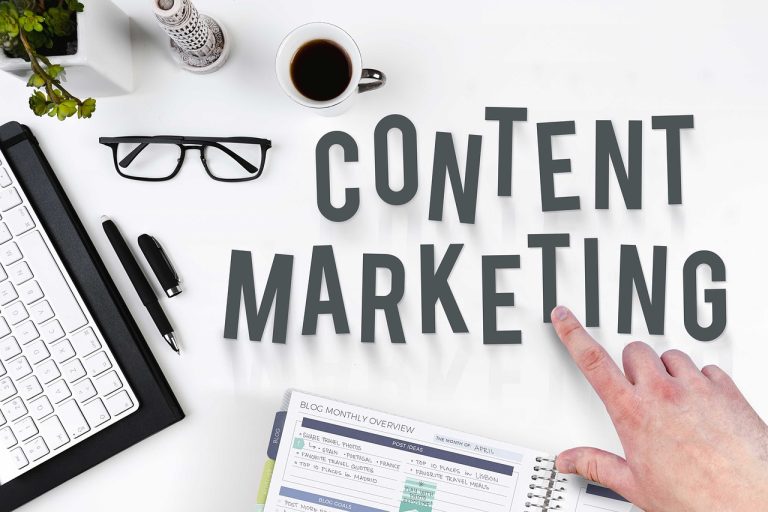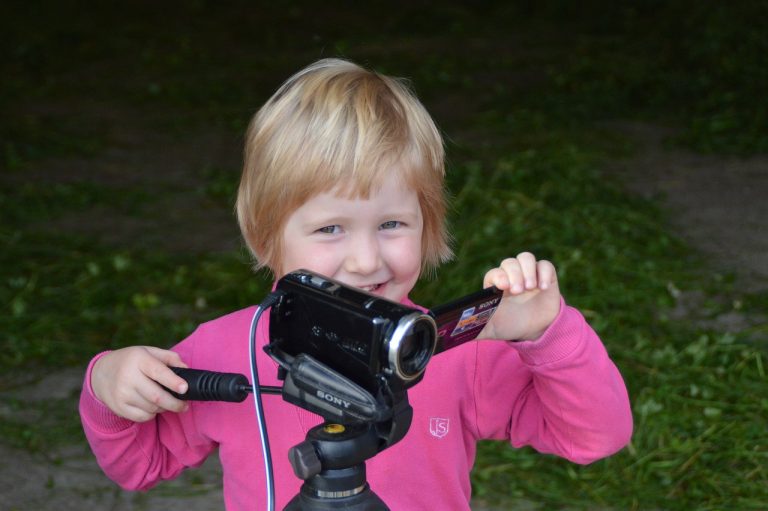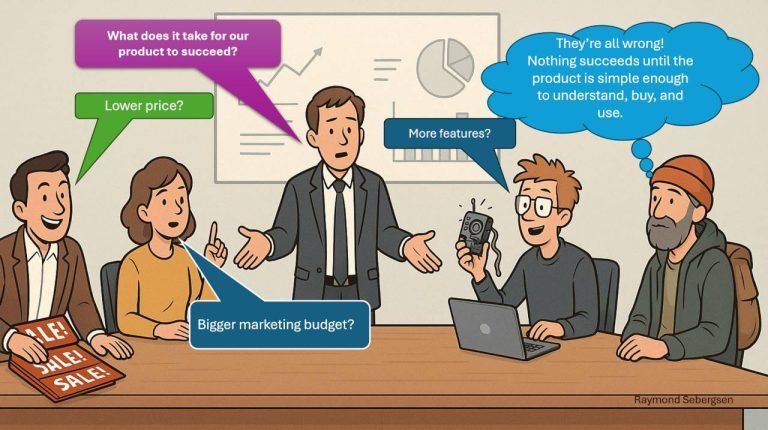New tools emerge. Algorithms change the rules. People scroll faster than ever. But one thing remains unchanged: we’re still drawn to what feels real, human, and meaningful. Behind every technological innovation lies something familiar. Because while the tools evolve, our brains still work the same. We don’t make decisions because the technology is smart, but because the message hits home — based on emotion, trust, and relevance.
Much of what we called “new” ten years ago is still in use today — just dressed differently, powered by smarter engines. You don’t need to reinvent the wheel, but it’s wise to check the tire pressure and know the terrain. Are you going for winter tires, all-terrain, or racing slicks?
In 2025, marketing isn’t about shouting the loudest. It’s about being chosen. Being remembered. Being liked. We’ve moved from broadcasting campaigns to creating experiences people actually want. From wide messages to precise hits. From pushy to purposeful.
Here are five techniques that truly work today — not because they’re flashy, but because they’re rooted in timeless drivers: understanding, trust, and the psychology of a good first impression.
1. AI-Powered Personalization
We’ve used data for a long time to tailor emails and websites. But AI takes it further — enabling real-time personalization. Not just based on age or gender, but also on intent, behavior, and moment-to-moment preferences.
It’s no longer about showing similar products — it’s about understanding what the customer needs before they even do. When done well, it doesn’t feel like technology. It feels like empathy.
Several Norwegian companies are leading the way. Idium uses AI to analyze customer data and craft strategies that hit home. Telenor has applied machine learning to improve service relevance, resulting in higher customer satisfaction.
This technique builds on:
Psychological trigger: We want to feel seen. When marketing feels tailored to us, it creates a sense of relevance and belonging — and that builds trust.
2. Zero-Click Content
People are clicking less and scrolling more. The key is to grab attention instantly — ideally answering the question before it’s even asked. Whether it’s a Google search, TikTok, or LinkedIn, it’s about being useful right now. It builds trust, shows expertise, and boosts visibility in an overcrowded feed.
Meny provides direct answers in search results. Gelato creates content that delivers instant value — proving you can win by giving before asking.
This technique builds on:
- Search Engine Optimization (SEO)
- Social media marketing
What works in the brain: We love instant answers. When value comes without friction, it feels generous — and makes us more willing to listen further.
3. Community-Led Growth
It used to be about building a community around a brand. Now it’s about letting the community drive the brand. People want to contribute, be heard, and be part of the journey.
Your customers aren’t just a target audience anymore — they’re co-creators. They provide feedback, share experiences, and help each other. The trust created between users often outweighs even the most polished content you can produce.
Finn.no thrives on user activity. Markedspartner engages customers in content creation and strategy. Both show how an active community can become your strongest marketing channel.
This technique builds on:
- Community building
- User-generated content (UGC)
- Referral marketing
What works in the brain: We trust people who are like us. When we’re invited to participate, we develop ownership — and ownership breeds loyalty.
4. Sustainable and Value-Driven Marketing
People no longer buy just products — they buy stories and values they identify with. It’s not enough to say you care. You have to show it — through actions and priorities over time.
Customers notice the difference between genuine care and surface-level symbolism. Komplett.no has made sustainability a natural part of the customer experience. Snakk AS produces tech-driven content that reflects authentic values.
This technique builds on:
- Brand storytelling
- Experiential marketing
What works in the brain: We want to make choices aligned with who we are. Brands that reflect our values feel safer and more “right” to support.
5. Interactive and Immersive Content
Video has been effective for years. But now people want more than to watch — they want to test, experience, and personalize. Technologies like AR and 360-degree previews let customers try a product before clicking “buy.”
IKEA was an early adopter, letting users place furniture in their living rooms via smartphone. Elkjøp followed, and now even Europris lets customers visualize products at home before buying — increasing confidence, reducing returns, and strengthening trust.
These solutions are no longer reserved for tech giants — they’ve become affordable, accessible, and powerful for small businesses too.
This technique builds on:
- Experiential marketing
- Video marketing
What works in the brain: Trying before buying gives us a sense of control. It boosts confidence, builds ownership — and makes the purchase decision easier.
Bonus: Gamification as a Growth Driver
FINN.no recently launched a rewards program where users get benefits for completing small challenges. This is a great example of how gamification is finally becoming a real part of marketing in Norway. It’s about progress, achievement, stats, and small wins — creating a journey, not just a transaction.
This is psychological marketing in practice — triggering the brain’s reward center, increasing engagement, and building loyalty through playful and motivating mechanisms.
Final Thoughts
All this may sound new and technical, but at its core, it’s just classic principles with new possibilities. Understanding your audience. Staying relevant. Building trust. That’s always been the foundation of good marketing.
It’s not people who have changed — it’s the tools, the speed, and the platforms we use. Our brains still respond to what feels real, simple, and meaningful.
That’s why psychology remains the core of what truly works. It’s not about algorithms and tech — it’s about what happens in our minds when we encounter a message.
You don’t need to reinvent the wheel — just make sure it fits the road ahead. Should you go with studded tires, chunky treads, or smooth racing slicks? Or maybe you just need to pump some air?
Marketing in 2025 isn’t about throwing out what you know — it’s about using it more wisely. Combining timeless truths with modern tools — and never forgetting who it’s all for: the humans on the other side of the screen.





